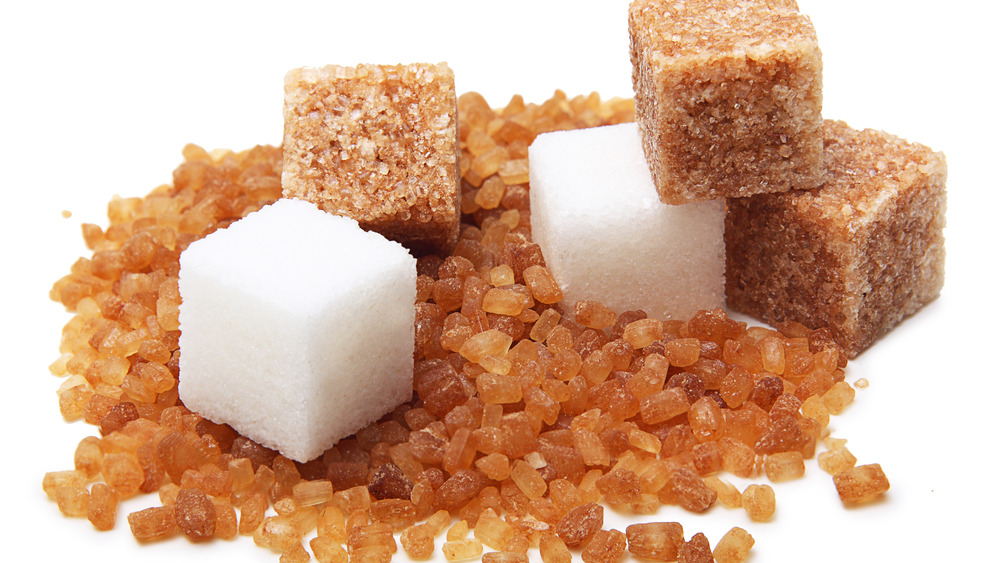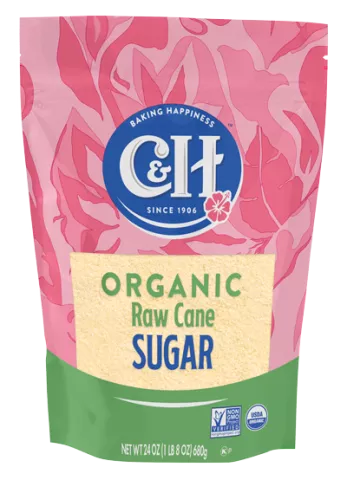Cane Sugar Processing: Innovative Techniques for Top Quality Production
Cane Sugar Processing: Innovative Techniques for Top Quality Production
Blog Article
Exploring the Comprehensive Steps Associated With Walking Stick Sugar Processing From Collecting to Refinement
The procedure of walking cane sugar production incorporates a collection of detailed actions, beginning with the mindful harvesting of sugarcane and finishing in the improvement stages that make certain the final product meets industry standards. Each stage, from the removal of juice to the purification and formation procedures, plays a critical role in identifying the high quality and personality of the sugar.
Collecting Sugarcane
Harvesting sugarcane is an important action in the walking stick sugar processing chain, as it directly influences the top quality and yield of the last item. Appropriate timing and techniques are crucial during this phase to ensure ideal sugar web content and decrease losses. Normally, sugarcane is gathered when it reaches maturation, normally 12 to 18 months after growing, identified by a high sucrose concentration.

Post-harvest, the sugarcane must be processed quickly to stop sucrose deterioration. Preferably, collected walking stick should be moved to processing centers within 1 day to maintain sugar quality. For that reason, effective logistical planning is essential to maintain the honesty of the collected plant throughout the supply chain.
Extraction Process

The crushed walking cane is subjected to a series of pushing operations to take full advantage of juice healing. Commonly, warm water is splashed onto the smashed walking stick, producing a countercurrent flow that helps liquify the sugar while additionally helping in the extraction process. The juice gathered from this operation consists of not just sugar yet likewise different organic compounds and pollutants.

To boost removal performance, some facilities may use diffusion techniques, where the sugarcane is taken in warm water, enabling the soluble sugars to diffuse right into the liquid. The resulting juice, rich in sucrose, is after that routed to subsequent processing stages, laying the structure for purification and improvement. The removal process is therefore critical in figuring out the high quality and return of the final sugar item.
Purification Methods
The filtration methods employed in walking cane sugar processing are essential for changing the raw juice into a top notch sugar product. These approaches largely intend to eliminate pollutants, such as soil, plant products, and inorganic compounds, which can adversely affect the end product's flavor and shade.
One of the most usual purification techniques is clarification. This process involves including lime and warm to the raw juice, which assists in the coagulation of impurities. The resulting precipitate is then gotten rid of via sedimentation or filtration, generating a more clear juice. Additionally, making use of phosphoric acid can boost the clarification procedure by further binding contaminations.
One more substantial technique is carbonatation, where carbon dioxide is presented to the made clear juice. This response produces calcium carbonate, which catches staying impurities and promotes their removal.
Additionally, triggered carbon treatment may be applied to adsorb any remaining colorants and natural contaminations, ensuring a more refined product. The combination of these methods efficiently prepares the sugar juice for subsequent action in the refining procedure, establishing the stage for the production of high-grade walking cane sugar.
Formation Approaches
After the purification phase, the following critical step in walking cane sugar handling entails formation techniques, find out which play a crucial role in changing the cleared up juice into solid sugar. This procedure typically uses 2 key approaches: spontaneous condensation and controlled condensation.
In spontaneous condensation, supersaturated sugar services are enabled to cool down normally, causing the formation of sugar crystals gradually. This approach is simpler but may lead to irregular crystal dimensions and reduced purity levels. On the various other hand, regulated condensation is a much more specific method where temperature level, concentration, and seeding representatives are diligently managed. This approach permits the uniform growth of sugar crystals and greater purity.
During condensation, the cleared up juice is focused through dissipation, raising its sugar content up until it gets to supersaturation. Once this point is accomplished, either approach can help with the condensation process. Cane Sugar Processing. The resultant sugar crystals are then divided from the remaining syrup via centrifugation
Eventually, the choice of condensation approach impacts the top quality, size, and purity of the final sugar product, making this step crucial in the total walking cane sugar processing procedure.
Refinement and Product Packaging
Just how can the purity and high quality of walking cane sugar be further boosted after crystallization? The improvement process plays a crucial function in accomplishing top notch walking cane sugar.
Next, the sugar undergoes a procedure called centrifugation, where it is rotated at high speeds to separate the detoxified sugar crystals from the continuing to be fluid. After centrifugation, the sugar is usually more improved via a technique called carbonization or phosphatation, which uses activated carbon or phosphoric acid to remove color and off-flavors.
Once fine-tuned, the sugar is dried to attain the desired moisture web content, ensuring that it continues to be steady during storage and transportation. The last action involves packaging the refined sugar in moisture-proof and closed containers to keep its top quality and prevent contamination. Cane Sugar Processing. Correct packaging not only expands life span yet also facilitates simple handling and circulation, making certain that consumers get sugar that fulfills the highest requirements of pureness and quality
Verdict
The comprehensive steps associated with walking cane sugar processing, from the precise harvesting of sugarcane to the intricate improvement and packaging phases, underscore the relevance of each stage Read More Here in ensuring top notch sugar production. Optimal harvesting techniques, efficient extraction techniques, and extensive purification procedures jointly add to the end product's purity and security. The formation and succeeding packaging methods even more improve the integrity and rack life of the sugar, highlighting the intricacy and precision fundamental in this necessary farming industry.
The procedure of walking stick sugar manufacturing includes a collection of complex steps, beginning with the cautious harvesting of sugarcane and finishing in the improvement stages that guarantee the last product published here satisfies sector criteria. Ideally, collected walking cane must be transferred to processing centers within 24 hours to protect sugar high quality.In spontaneous condensation, supersaturated sugar options are permitted to cool down naturally, leading to the formation of sugar crystals over time - Cane Sugar Processing. The improvement process plays a crucial role in accomplishing top notch walking cane sugar.The comprehensive steps included in walking stick sugar handling, from the careful harvesting of sugarcane to the detailed refinement and packaging stages, emphasize the value of each phase in ensuring high-quality sugar manufacturing
Report this page